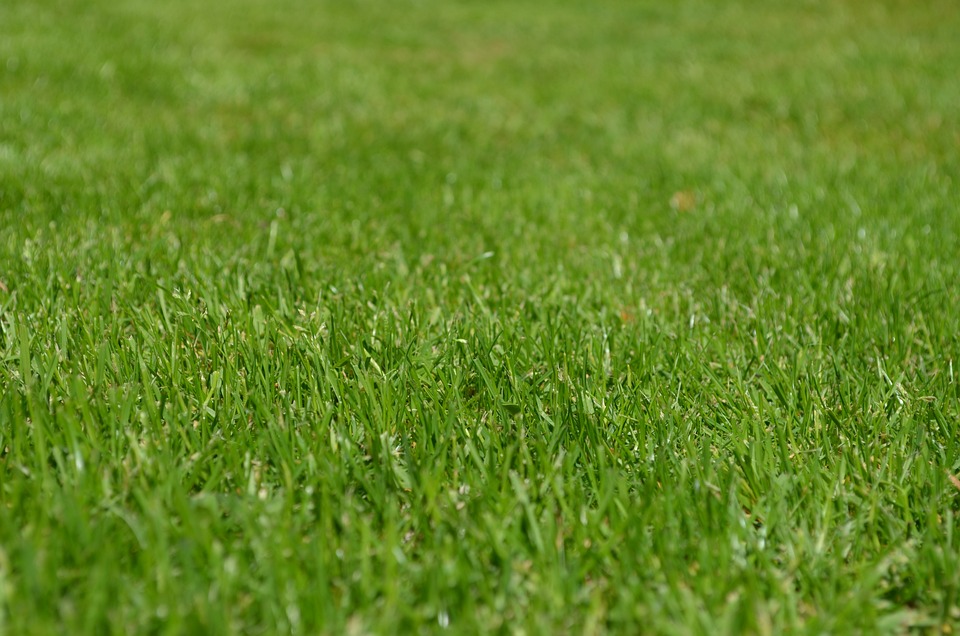Introduction
Having a lush and vibrant lawn can greatly enhance the beauty and value of your property. However, neglecting proper lawn care and maintenance can lead to a dull and lifeless turf. Fortunately, with the right techniques and a bit of effort, you can revive your neglected lawn and restore it to its former glory. In this article, we will explore various methods to help you bring your lawn back to life.
Assess the Current Condition
Before taking any action, it is important to assess the current condition of your lawn. Walk across your yard and inspect the grass closely. Look for issues such as bare patches, weeds, pest infestations, or compacted soil. Understanding the problems your lawn is facing will help you formulate a targeted plan to restore its health.
Proper Mowing and Edging Techniques
Mowing your lawn at the appropriate height is crucial for its overall health. Set your mower blades to the ideal height for your grass type and avoid cutting more than a third of the blade length in a single mow. Additionally, maintaining clean and crisp edges along sidewalks and flower beds can give your lawn a well-groomed appearance.
Aerating and Dethatching
If your lawn suffers from compacted soil or excessive thatch buildup, aerating and dethatching can work wonders. Aerating involves creating small holes in the soil to improve air circulation and water absorption. Dethatching, on the other hand, rakes away dead grass and debris that restricts the growth of healthy grass. These two processes can greatly enhance the nutrient flow to the root zone, allowing your lawn to thrive.
Overseeding and Fertilizing
To fill in bare patches and increase the density of your grass, overseeding is a recommended tactic. Spread a generous amount of high-quality grass seed over the damaged areas, making sure to choose a seed blend suitable for your climate and grass type. After overseeding, fertilize your entire lawn with a slow-release, balanced fertilizer to provide the necessary nutrients and encourage healthy growth.
Weed Control
Weeds not only detract from the beauty of your lawn but also compete with your grass for essential nutrients. To effectively control weeds, you can use herbicides specifically designed to target the unwanted plants without harming your grass. Make sure to follow the instructions carefully while applying herbicides and consider natural alternatives for a more environmentally friendly approach.
Proper Watering and Irrigation
Watering your lawn correctly is essential for its revival. Deep, infrequent watering is preferable as it promotes deep root growth. Water your lawn early in the morning to minimize evaporation, and avoid overwatering, which can cause shallow root growth and invite pests and diseases. Installing an irrigation system with proper coverage can simplify the watering process and ensure the even distribution of water.
Maintaining a Regular Maintenance Schedule
To keep your lawn looking its best, regular maintenance is key. This includes routine mowing at the appropriate frequency, fertilizing according to the recommended schedule, and ensuring proper weed control. Additionally, regularly inspect your lawn for any signs of pests or disease and take appropriate action promptly to prevent further damage.
FAQs
Q: How often should I mow my lawn?
A: The frequency of mowing depends on the grass type and its growth rate. As a general rule, it is recommended to mow your lawn when the grass reaches one-third higher than its ideal height. This usually means mowing once a week during the growing season.
Q: Can I use regular garden soil to fill in bare patches?
A: It is not recommended to use regular garden soil to fill in bare patches. Instead, opt for a topsoil mix that is specifically formulated for lawns. This type of soil provides the necessary nutrients and texture to support the growth of healthy grass.
Q: When is the best time to overseed my lawn?
A: The ideal time to overseed your lawn is during fall when the soil is still warm, and there is reduced competition from weeds. This allows the new grass seeds to establish strong roots before winter, ensuring optimum growth in the spring.
Q: How can I prevent pests from damaging my revived lawn?
A: Regular maintenance and proper lawn care practices can help prevent pest damage. This includes maintaining proper watering and fertilization, aerating to increase air circulation, and promptly addressing any signs of infestation. Additionally, periodically inspect your lawn for pests and consider using natural pest control methods if feasible.




